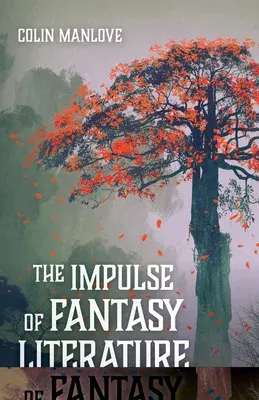This book grew out of the author's wish to go beyond a formal definition
of fantasy to discover a basic urge and interest common to the genre. He
finds this urge to be the celebration of identity. Fantasy is ultimately
concerned to heighten and praise being, whether that being is God's
creation, the world, or the creations of the fantasy writer themselves.
This interest can take the form of direct eulogy or of more unconscious
fascination. It is seen in fantasy's conservatism and its frequently
elegiac mode, and is demonstrated through its formal characteristics
such as circular structure and the use of juxtaposition to heighten
individuality. It is more overtly present in modern than in pre-1800
fantasy, partly because modern fantasy developed as a Romantic reaction
against technology and everything that reduced direct contact between
people and the environment. These aspects of fantasy are illustrated
from detailed discussion of the tales of Grimm, Walter de la Mare's Told
Again, W. M. Thackeray's The Rose and the Ring, Charles Williams's prose
fantasies, Ursula le Guin's Earthsea trilogy, E. Nesbit's magic books,
George MacDonald's Phantastes and Lilith, T. H. White's The Once and
Future King, Mervyn Peake's Gormenghast novels, William Morris's late
romances, Lord Dunsany's The King of Elfland's Daughter, E. R. Eddison's
The Worm Ouroboros, and Peter Beagle's The Last Unicorn. Together these
authors and works provide a cross-section of what is a fundamentally
panegyric genre demonstrating its variety, its strengths, and its
limitations.


